Your cart is currently empty!
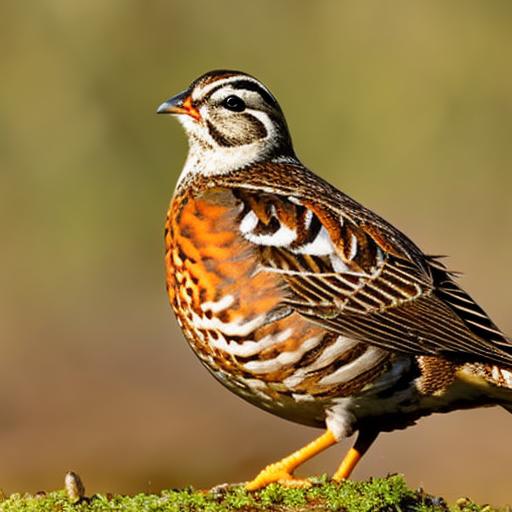
What Do Quail Eat? The Ultimate Guide for Every Hunter’s Success!

Table of Contents
Introduction
Hey there, fellow hunters!
If you’ve ever found yourself nestled in the brush, waiting for that perfect quail to come into view, you know there’s an art to hunting these small, elusive birds. I’ve spent countless hours in the field, both as a novice and now as a seasoned small game hunter, and I’ve come to realize that one of the most overlooked aspects of hunting quail is understanding their diet. It might sound trivial, but trust me, it’s a game-changer.
You see, just like us, quail have their favorite meals. And just like you might be lured to a BBQ with the promise of a juicy steak, quail can be predictable in their search for their next tasty treat. Over the years, I’ve observed and learned how their dietary choices not only reveal a lot about their habits but also provide invaluable insights into how, when, and where to hunt them. It’s like having a secret weapon in your hunting arsenal.
I remember one particular morning, the sun barely peeking over the horizon, when I used my knowledge of their love for certain seeds. Setting up near a patch I knew they couldn’t resist, I had one of my most successful hunts ever. It wasn’t just luck; it was understanding their behavior driven by their diet.
So, whether you’re just starting out or you’ve been hunting quail for years, I’m here to share some of my hard-earned wisdom. Let’s dive deep into the world of quail cuisine and discover how this knowledge can elevate your hunting game!
The Natural Diet of Quail: From Seeds to Insects
Seeds and Grains:
Ah, the bread and butter of a quail’s diet. If quail had a pantry, it would be stocked floor to ceiling with a variety of seeds and grains. From sunflower seeds to millet and everything in between, these little birds are always on the lookout for their next grainy snack. As a hunter, this is invaluable information. Think about it: if you know where these seeds and grains are abundant, you’ve got a pretty good idea of where quail might be congregating. Open fields, grassy meadows, and even your own backyard can be prime real estate for these birds. I’ve often found that setting up near a patch of wild grain or a recently harvested field can be just the ticket for a successful hunt.
Insects:
Now, while seeds and grains might be their go-to, quail are not ones to pass up a juicy insect. In fact, insects are like the protein bars of the quail world. Especially during the warmer months, quail will gobble up insects like there’s no tomorrow. From beetles to worms, these critters provide the necessary protein that quail need to stay active and healthy. As the seasons change, so do their insect preferences. Early spring might see them feasting on tender larvae, while the heat of summer brings a smorgasbord of ants, spiders, and more. For us hunters, this means adapting our strategies. Observing insect activity in an area can give you a clue about potential quail activity. Ever noticed a sudden burst of insect life in a particular spot? Chances are, quail have noticed too.
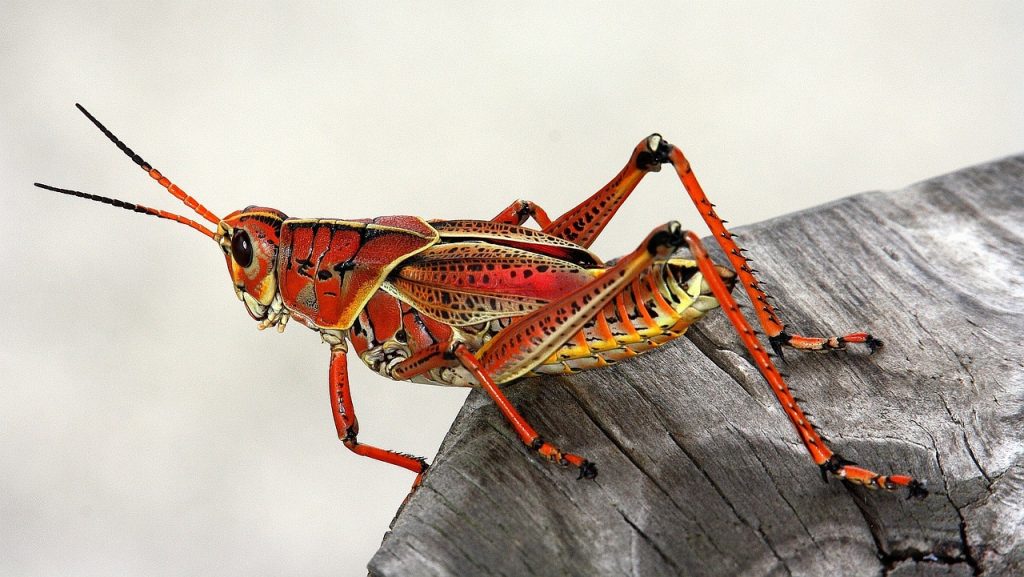
Fruits and Berries:
Now, here’s where things get interesting. While seeds and insects make up the bulk of a quail’s diet, they’re not ones to pass up on a sweet treat. Fruits and berries, when in season, are like candy to these birds. Whether it’s a ripe blackberry or a juicy wild cherry, quail will often go out of their way to snag a few. And for us? This is a golden opportunity. Using fruits and berries as bait can be an effective strategy, especially if you’re hunting in an area where these treats are scarce. I’ve had days where a simple berry bush has been the main attraction for flocks of quail, giving me a front-row seat to their feeding habits.
In the world of hunting, knowledge is power. And understanding the dietary habits of your prey? Well, that’s like having an inside scoop. As we’ve explored the diverse menu of the quail, from seeds to insects and the occasional fruit treat, it’s clear that these birds are guided by their stomachs. And for hunters like us, this knowledge is the key to unlocking a successful and ethical hunt. So, the next time you’re out in the field, take a moment to think like a quail. Ask yourself, “What’s on the menu today?” The answer might just lead you to your next big catch.
How Seasonal Changes Affect a Quail’s Diet
Spring: Fresh Greens and the First Insects
Spring is a time of renewal, and for quail, it’s like opening a brand-new restaurant menu. As the frost recedes and the world turns green again, quail are out and about, feasting on tender shoots and fresh greens. These provide them with essential nutrients after the lean winter months. But that’s not all. As temperatures rise, the first insects of the season start to make their appearance. And quail, ever the opportunists, are right there to snap them up. For hunters, spring can be a mixed bag. While quail are active and feeding, they’re also on the move, exploring their rejuvenated surroundings. It’s a time to be patient, observant, and ready to adapt to their sprightly spring behavior.
Summer: The Insect Bonanza
Ah, summer. Long days, warm nights, and for quail, an all-you-can-eat insect buffet. From beetles to grasshoppers, the abundance of insects during this season is a feast for these birds. They’ll be darting about, chasing down these protein-packed snacks with gusto. For us hunters, this is prime time. Quail are not only more active in their search for food, but they’re also more predictable. Find a hotspot of insect activity, and you’re likely to find quail close by. It’s also the season when they’re most vocal, their calls echoing through the fields and woods. Tune into their chatter, and you might just pinpoint their location.
Fall: Back to Basics with Seeds and Grains
As the leaves turn and the air gets that familiar crispness, quail begin their transition back to their staple diet of seeds and grains. The insects of summer start to dwindle, and quail turn their attention to the abundant grains that fall brings. This is the time when they’re most predictable. They’ll often return to the same spots day after day, foraging for their favorite grains. For the seasoned hunter, this predictability is a boon. Set up near a known feeding spot, and you’re in for a treat. Fall is also when quail start to form larger coveys, making them easier to spot but also presenting the challenge of picking out a single bird from the flock.
Winter: The Lean Months
Winter is a challenging time for all wildlife, and quail are no exception. Their diet becomes limited, often restricted to whatever seeds and grains they can find beneath the snow or on bare patches of ground. Their behavior changes too. They become more cautious, conserving energy and sticking close to cover. This means that while they might be harder to spot, once you find a likely feeding spot, they’re likely to stick around. It’s a time for patience and precision. As a hunter, understanding their winter struggles can give you an edge. Providing them with a food source, like a feeder stocked with their favorite grains, can not only help them survive the harsh months but also give you a consistent hunting spot.
The changing seasons bring a rhythm to the world of hunting, a dance of predator and prey that’s as old as time. By understanding how these shifts affect a quail’s diet and behavior, we can not only improve our hunting success but also deepen our connection to the natural world. After all, hunting is as much about understanding and respect as it is about the thrill of the chase.
Using Knowledge of a Quail’s Diet to Improve Your Hunting Strategy
Baiting Techniques: The Lure of a Tasty Snack
Let’s get straight to the point: baiting can be a game-changer. Knowing what quail love to eat and using it to your advantage can significantly up your hunting game. Seeds, especially millet and sunflower, can be irresistible to these birds. Scatter a handful in a clearing or near some cover, and wait. The rustling of quail as they forage can be music to a hunter’s ears. But don’t stop at seeds. Remember those summer insects? A few strategically placed mealworms can do wonders, especially during the warmer months. And if you’re feeling particularly crafty, a berry bush or two in the vicinity can act as a natural bait, drawing quail in with the promise of a sweet treat.
Understanding Quail Behavior: Predicting Their Next Move
Quail aren’t just wandering aimlessly. There’s a method to their madness, a rhythm to their routine. And a lot of it revolves around food. Early morning and late afternoon? Prime feeding times. That midday lull when the world seems to stand still? Quail are likely resting, conserving energy for their next meal. Observing them over time, you’ll start to notice patterns. Maybe they frequent a particular patch of ground, drawn by the abundance of seeds. Or perhaps there’s a log they love to perch on, scanning for insects. These patterns, driven by their dietary habits, can give you invaluable insights. Instead of chasing them, you can anticipate their moves, setting up in the perfect spot for when they come to you.
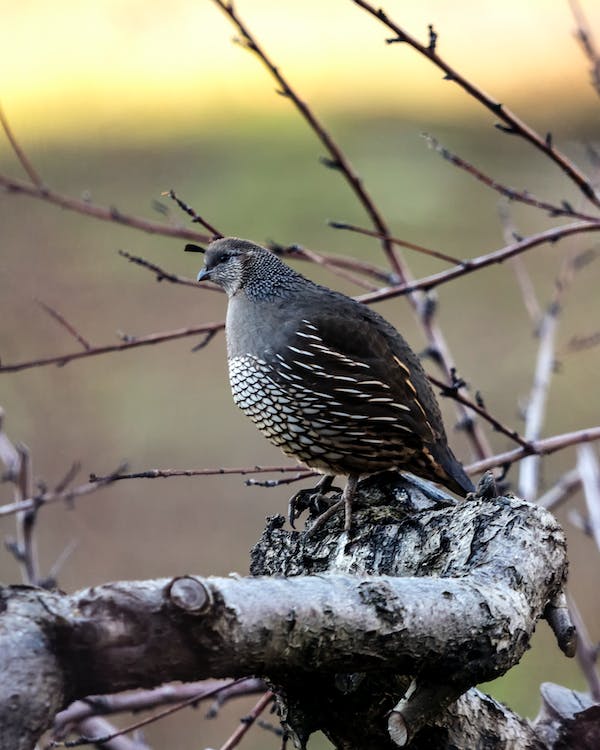
Choosing the Right Time and Place: Timing is Everything
It’s not just about knowing where quail will be, but also when. Aligning your hunting sessions with their feeding times can make all the difference. Early mornings, just as the world is waking up, can be a goldmine. Quail are out and about, searching for their first meal of the day. It’s a time of activity, of movement, and for the hunter, of opportunity. The same goes for the late afternoon, as they fuel up before nightfall. As for the place? Think like a quail. Where would you go if you were searching for seeds, insects, or berries? Open fields, grassy meadows, the edge of a forest – these are all prime quail territory. And if you’ve done your homework, understanding their dietary preferences, you can narrow down your search even further. That patch of wildflowers might just be hiding a treasure trove of seeds. Or the damp ground near a stream could be teeming with insects. It’s all about putting yourself in their shoes… or, well, their tiny bird feet.
Related Questions
Do quail have any predators?
Absolutely, quail sure do have their share of predators. Hawks, foxes, snakes, and even some larger mammals wouldn’t pass up a quail snack. This makes quail quite alert and skittish. They’ve got a knack for sticking close to cover and can explode into flight at the slightest hint of danger. It’s part of what makes hunting them both a challenge and a thrill!
How do quail adapt to different environments in search of food?
Quail are like the Swiss Army knives of the bird world when it comes to adaptability. Whether it’s the dense underbrush, open meadows, or desert landscapes, these birds find ways to thrive. They’ll scratch and forage, adjusting their diet based on what’s available. From seeds in the grasslands to insects in more arid regions, their versatility is truly impressive.
Can understanding a quail’s diet help in conservation efforts?
You bet it can! Knowing what quail eat helps us ensure they have a steady food source, which is crucial for their survival. Sustainable hunting means taking only what we need and ensuring populations remain healthy. By conserving habitats and understanding their dietary needs, we can strike a balance between hunting for sport and ensuring these remarkable birds flourish for generations to come.
Summary
Well, there you have it, my fellow hunting enthusiasts. As we’ve journeyed through the fascinating world of quail diets, I hope you’ve come to see, as I have, the immense value in understanding these birds from the inside out. It’s not just about knowing where they are; it’s about predicting where they’ll be, based on their next meal.
Every time I’m out in the field, I’m reminded of the intricate dance between predator and prey. But remember, we’re not just hunters; we’re also stewards of the land and the animals we pursue. By understanding and respecting the quail’s natural habits and dietary preferences, we not only increase our chances of a successful hunt but also ensure that we’re hunting sustainably and ethically.
So, the next time you’re prepping for a hunt, take a moment to consider the humble seed, the juicy insect, or the ripe berry. Think about how these seemingly small details can make a world of difference in your strategy. And always remember, hunting is as much about the journey and the learning as it is about the catch.
Here’s to many successful hunts and the continued joy of discovery. Happy hunting, and may your knowledge of what quail eat always guide your way!

Herb has been a longtime lover of the outdoors. Whether it be hunting, camping, fishing or just getting outside to reset. Proud father and animal lover. Bourbon anyone?

by
Tags:
Comments

Categories
- Big Game Hunting (301)
- Deer (202)
- Reviews (3)
- Shooting (16)
- Slingshot (1)
- Small Game Hunting (42)
- Upland Hunting (126)
- Waterfowl Hunting (3)

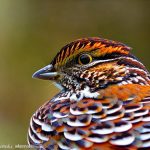
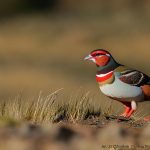
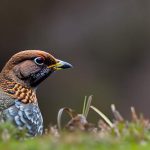
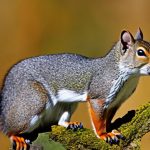
Leave a Reply